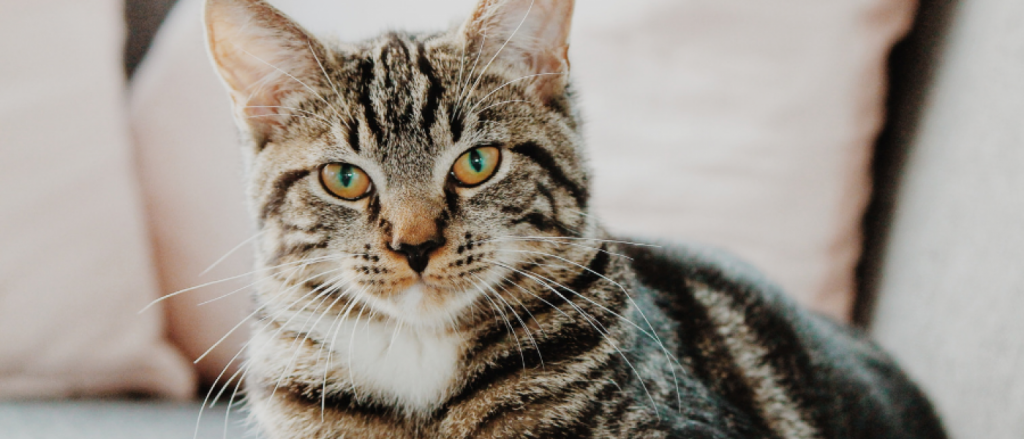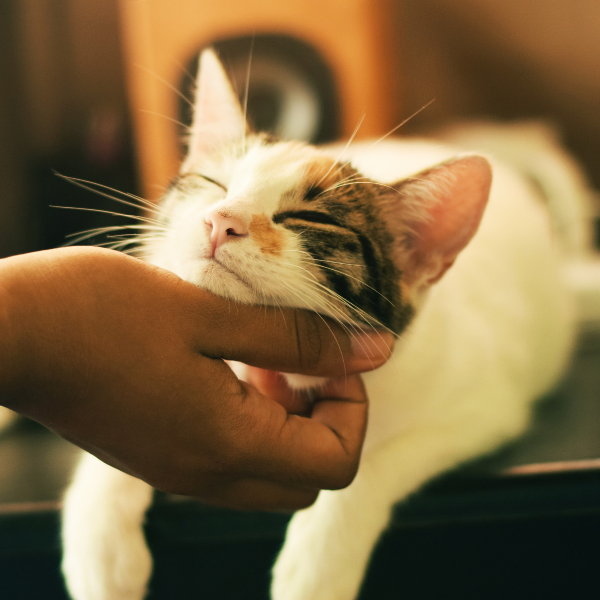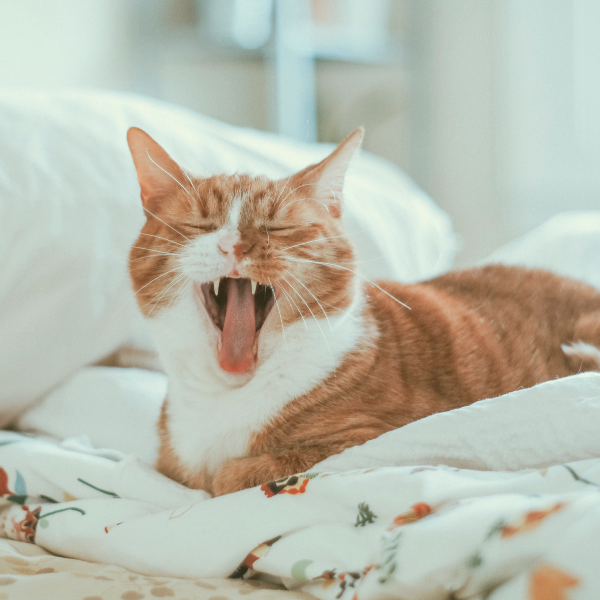Essential Oils and Cats

Essentials oils, which are plant extracts that contain a large quantity of rapidly evaporating oil, have become increasingly popular as natural, organic solutions for a variety of mental, physical and emotional maladies. Research by the scientific community has validated the overall health benefits for humans using essential oils; however, many people presume that that what benefits people also benefits cats.
This is a misconception. Essential oils are largely considered toxic to cats and using them around cats merits a great deal of education and good judgement.
How Do Essential Oils Affect Cats?

Essential Oils (EOs) have not been studied on a massive scale in felines because of the ethical concerns associated with studying a known toxin on a live animal. Existing knowledge and understanding is sufficient and for veterinarians, aromatherapists, and others with expertise in using and administering EOs in cats to concur that they are unsafe. This is true regardless of the type of oil and is especially true for oils boasting insect / pest repellant properties.
Toxic effects of EOs in cats include but are not limited to:
- Triggering an existing condition such as asthma, upper respiratory disease, or skin allergies.
- Irritating eyes (watering) or noses due to aggravation.
- Developing dermatitis.
- Causing seizures.
- Liver failure, kidney failure, heart failure or other organ failure .
In particular, EOs are most dangerous and are potentially fatal to cats if they are administered to a cat’s fur or skin, or if they are ingested. Experts have yet to conclude if oil diffusers are “safe”. Diffused oils are oils that are vaporized or in areosol form.
How to Use Essential Oils around Cats

Currently the only method that is accepted for using EOs around cats is with a diffuser. While some say that they have diffused oils around cats for years with no negative impacts, others are concerned about the long-term lung and organ damage that could prove harmful long-term.
That said, if you do want to diffuse oils around cats, it is recommended to:
- Use for a limited period of time
- In a relatively airy room (opening a window if possible is advised)
- In an environment where the cat has the option to leave
Most importantly oils should always be stored in a safe place where cats cannot be exposed accidentally. If a cat is accidentally exposed because of a spill or by knocking over a diffuser, it is important to seek veterinary help immediately.
What Are the Sign a Cat has been Overexposed to Essential Oils?
It is important for anyone using oils to recognize the signs that a cat is affected by EO exposure. In the event that you observe any of these signs, immediately take your cat to the vet. Try to gather information as to what kind of oil the cat ingested, inhaled, put their paws in, or got on their skin. Signs of a problem include:
- Mental function changes such as lethargy
- Neurologic changes like wobbling, difficulty walking, weakness, shaking, seizures
- Digestive issues such as drooling or vomiting
- Physical distress like pawing at the face, red patches of skin, difficulty breathing, coughing, low (cold) body temperature, and slow heart rate.
In some cases, death can happen spontaneously after exposure, so it is important to be very careful when using EOs with cats. It is also recommended that EO enthusiasts get their cat tested for allergies or upper respiratory infections issues they may not have been aware of before using oils.
To conclude, it is possible to safely diffuse EOs with cats with discretion and care. Taking steps like consulting with a veterinarian beforehand and making sure to diffuse in a well-ventilated area where your cat can leave are two steps in using essential oils with cats in the safest possible way.
While essential oils have shown to be beneficial for human health, the same isn’t true for cats; however, cats do benefit from a diet rich in natural ingredients made using safe processes such as the recipes created by Wellness Pet Food.






